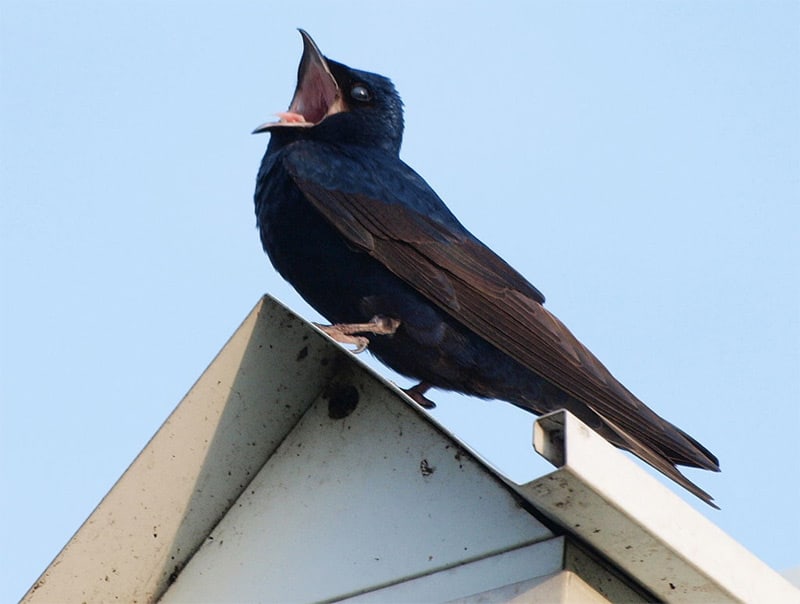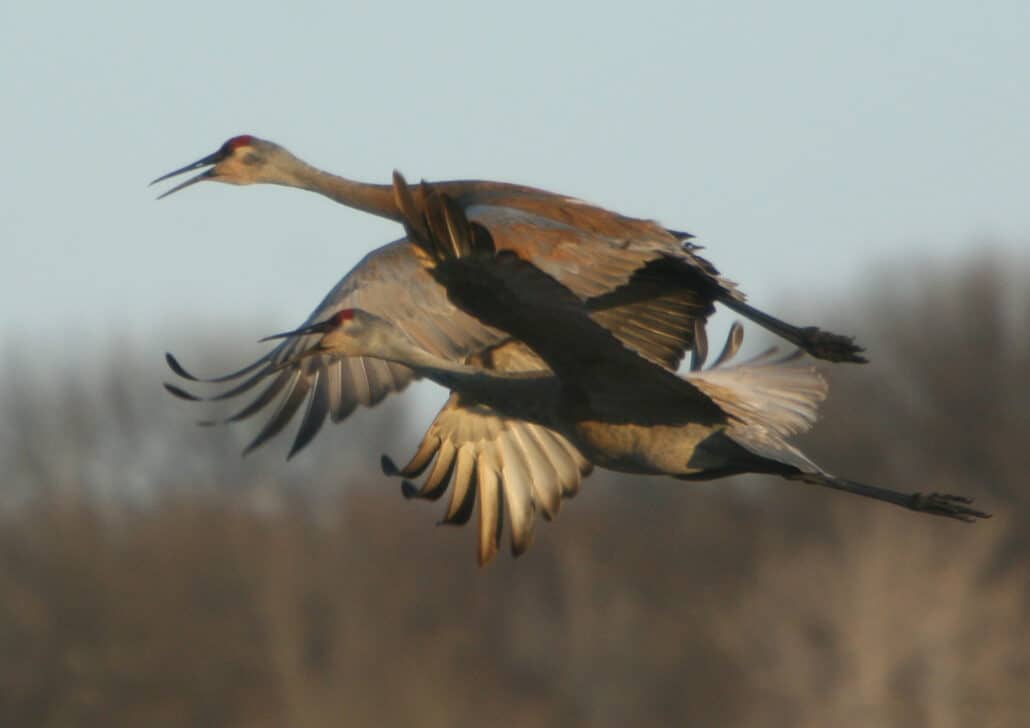Spring Birds in Tennessee (March, April, May)
When March “comes in like a lion” in Tennessee, as it often does, what some bird watchers think of as the most interesting, if not the most exciting, season of the year begins. Spring. Glorious spring.
A Carolina wren “teakettling” at the bedroom window before first light is more effective than an alarm clock and several decibels louder. The mantra-like background chorus of American robins builds in number and volume as the month goes on. A woodpecker has found the most sonorous spot on a pole, the side of a building, or even a piece of metal and is adding rhythm to the swelling cacophony. The chickadees are rushing to and from the feeders and adding their incessant high-pitched “dee, dee, dee” to the mix. The “cheer, cheer” of the Northern cardinal and the “peter, peter, peter” of the tufted titmouse fill in the middle. On the ground, beneath the feeders, the mourning doves are grazing and in the trees they sit serenely as they “coo” what could be the base line to this symphony that many have called “the dawn chorus.” The “invitations” are out. The offer is made to make new life and to get on with it as soon as possible.
By the first week of March, the first of the migrating purple martins have arrived. For many, this is THE signal that the season has arrived, that life will be renewed. Most often, the first report is from West Tennessee. If you have a martin house, or if there are some nearby, you will soon hear the sweet urgent chortle of the colony as it builds in size as adults and then later the sub-adults come. One caution: Be careful in your identification of single, early birds on the wing. European starlings in just the right confirmation are sometimes misidentified as martins.
By the first day of spring the daffodils are in profusion, the forsythia and the ornamental shrubs and trees are in full bloom and many of the wildflowers are already past. The redbuds bloom as April begins, covering the woods and city landscapes in vivid purple and by the end of April the native dogwoods do the same with their pure white and shades of pink.
Flocks of starlings, grackles, cowbirds, and red-winged blackbirds seem to be everywhere—at feeders, on lawns and in the woods and fields. In the fields sometimes more than a dozen species can be spotted on the ground from one vantage point. Along with black birds, another icterid, the lemon-yellow-breasted eastern meadowlark (and the western, occasionally, in West Tennessee near the river) is feeding in small flocks. The northern flicker, with its distinctive black bib, may be there, too, often in pairs. Robins stand stock still and cock their heads toward the ground. And killdeer, often in large numbers, scurry and stop, scurry and stop and then scream and fly a short distance when alarmed. One day an expanse of lawn or a close-cropped field may be teeming with birds but the next day it is completely empty. Some birds are on the move north, some have found another food source, some are beginning to settle into the routine of breeding and nesting.
American goldfinches may cover the feeders and are in every stage of changing to their brilliant summer colors. The eastern bluebirds have long-since settled into their territories. The piercing cry of the red-shouldered hawk echoes through the woods. The state bird, the northern mockingbird, has begun to sing its varied repertoire, frequently at night, and the other mimics, the brown thrasher and the gray catbird chime in.
In April and May the big show is the hundreds of thousands of neotropical migrants coming through, on some rare days seeming to drip from the trees. Some stay, but most, even the namesake warbler, the Tennessee, pass on through to their summer haunts. Though the wood thrush stays and begins to bless the woods with its lilting ee-o-lay, the Swainson’s and the gray-cheeked thrushes move on.
By the first of May almost all of the wintering waterfowl have flown, but along the rivers and smaller streams the green herons have begun to arrive with the other herons and egrets that occur in lesser numbers. The great blue heron and a few black-crowned night herons have lingered through the winter and their numbers begin to increase as the weather moderates. Great blues can sometime be seen in the fields, as well, carefully stalking dry land prey.
By late April or early May you may hear the last plaintive song of the white-throated sparrows as they end their winter in the South. In a few weeks, they will begin to arrive on their breeding grounds over most of Canada along with some of the other sparrows and the dark-eyed juncos who have visited the state over the cold months but don’t stay the summer.




